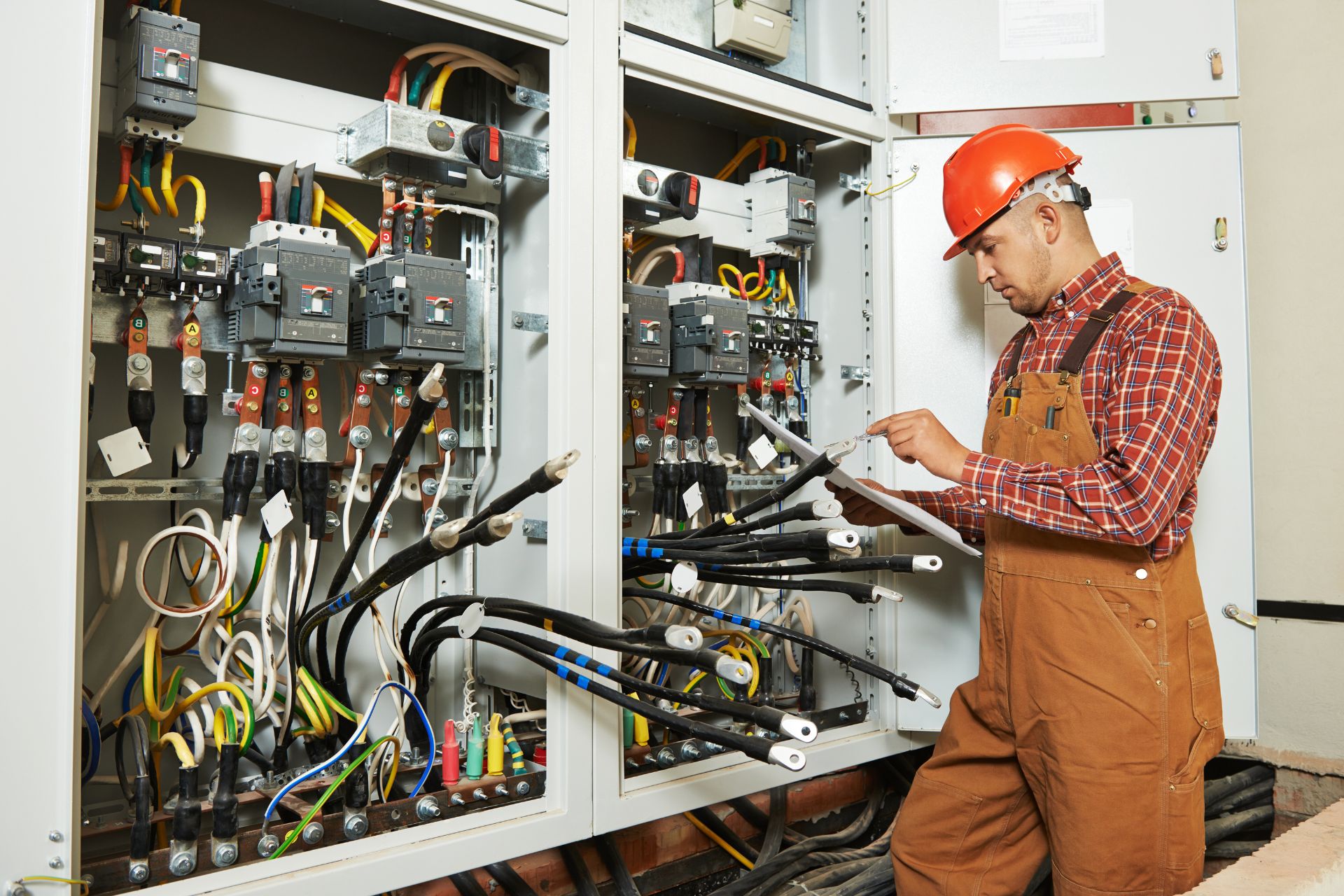Have you ever experienced a sudden power outage during an important task? Maybe you were working on your computer, watching TV, or cooking dinner when the power just disappeared. It’s not just frustrating—it can actually damage devices and halt important activities, especially in places like hospitals, factories, or even your home.
This is where an Automatic Changeover Switch comes in. It plays a major role in making sure your electrical supply doesn’t stop, even if there’s a problem with the main source. In this article, we’re going to explore what these switches do, how they work, and why they’re so important in today’s world.
What is an Automatic Changeover Switch?
An Automatic Changeover Switch is a device used to shift the power supply from the main source to a backup source, like a generator, without any manual effort. As soon as it detects a problem with the main power—like a blackout or voltage drop—it automatically switches to the backup. And when the main supply is back to normal, it shifts back again.
It’s like having a smart helper that watches over your electricity 24/7 and takes action even before you realize there’s a problem.
Why Do We Need an Automatic Changeover Switch?
Let’s face it—power cuts are still common in many places. And even when the power is back, it might be unstable for a few minutes. That’s enough to damage expensive appliances or disrupt important work. The Automatic Changeover Switch makes sure:
- There’s minimal downtime
- Your appliances are protected
- You don’t have to run and flip any switches manually
In critical places like hospitals, data centers, and even schools, these few seconds can mean a lot. Think about someone on a life-support machine or a server holding tons of user data—you really can’t afford to let the power go off even for a moment.
How Does an Automatic Changeover Switch Work?
The working is pretty simple yet smart.
- Normal Condition: Power is supplied from the main line, and everything runs as usual.
- Power Failure Detected: The switch senses that the power is out or unstable.
- Backup Activated: It immediately shifts the connection to the generator or inverter.
- Monitoring Continues: It keeps checking the main supply to see when it comes back.
- Main Power Restored: Once things are stable again, it shifts back to the main supply and turns off the backup.
You don’t have to push any buttons or pull any levers. Everything happens automatically within seconds. It’s quick, efficient, and reliable.
Types of Automatic Changeover Switches
There are different types of automatic changeover switches available depending on the need:
1. Single Phase Automatic Changeover
These are used for homes or small shops that run on single-phase supply. They’re compact and cost-effective.
2. Three Phase Automatic Changeover
Used for larger setups like factories, schools, and apartment buildings where a three-phase connection is used.
3. Manual Changeover Switches (for Comparison)
Unlike automatic ones, these require someone to physically switch between power sources. They’re cheaper but less convenient, especially during sudden outages.
Where Are Automatic Changeover Switches Used?
Automatic changeover switches are used everywhere—from small homes to big industries. Some of the most common places include:
- Hospitals and clinics: Life-saving machines must keep running at all times.
- Data centers: Any downtime can result in massive data loss or disruption.
- Schools and colleges: For uninterrupted teaching, especially in labs.
- Factories and workshops: To keep production going without interruptions.
- Homes and offices: For the comfort and safety of daily life.
Example: Automatic Changeover in a Small Business
Let’s take the example of a bakery. A bakery in a small town depends heavily on electric ovens and refrigerators. One day, there’s a sudden power cut in the middle of baking a large order for a wedding.
Without an automatic changeover switch, the workers would need to run to the back room, start the generator manually, and then connect it to the system. By the time they do all that, the dough might get spoiled or the baking process would be uneven.
Now imagine the same bakery with an automatic changeover switch. The moment the power goes out, the switch shifts to the backup generator instantly. No running, no panic, and no lost order. Everything continues to work just as smoothly.
This not only saves time but also keeps customers happy and the business running.
Benefits of Using an Automatic Changeover Switch
1. Convenience
You don’t have to be present to turn on the backup system. The switch does it for you instantly.
2. Saves Time
In emergency situations, every second matters. These switches act within seconds.
3. Protects Equipment
Sudden power fluctuations can damage sensitive devices. Automatic changeover switches protect against that by ensuring stable power.
4. Increases Efficiency
For businesses, time is money. Less downtime means better productivity.
5. Adds Safety
Manually changing power sources during storms or voltage issues can be risky. Automation removes that danger.
Key Features to Look For in an Automatic Changeover Switch
If you’re planning to buy one, here are some useful features to consider:
- Voltage sensing capability: So it knows when to switch
- Fast switching time: Ideally within a few seconds
- Manual override option: Just in case you want to control it yourself
- Compatibility with your generator/inverter
- Clear display indicators: So you can see which source is active
- Compact design: Easy to install even in small spaces
Installation Tips
Installing an automatic changeover switch is not a DIY job unless you are an expert. Always consult a certified electrician for installation. They will:
- Check your power load
- Recommend the right type of switch
- Install it in a safe location
- Connect it properly with the main supply and generator
Also, remember to test it regularly to ensure it’s working properly. A quick test every few months can save you from surprises later.
Are There Any Downsides?
While automatic changeover switches are highly useful, there are a few things to keep in mind:
- Initial cost: They are more expensive than manual switches.
- Installation: Requires a qualified electrician.
- Maintenance: Although minimal, some maintenance may be needed over time.
Still, the benefits far outweigh the costs, especially if you depend heavily on continuous power supply.
The Future of Electrical Systems with Automation
With everything becoming smarter—phones, homes, even cars—it’s no surprise that electrical systems are getting upgrades too. Automatic changeover switches are part of this evolution. In fact, modern versions even come with mobile app support, remote monitoring, and cloud integration.
Imagine getting a phone alert when your home switches to generator power while you’re at work. That’s the kind of control and transparency that modern users expect.
As power demand grows and outages become less predictable, these switches are becoming a must-have for any home or business.
Final Thoughts
Automatic changeover switches are no longer a luxury; they’re a necessity in our fast-moving, power-dependent lives. They keep our homes safe, our businesses running, and our devices protected. Whether you live in a place with frequent power cuts or just want peace of mind, investing in an automatic changeover switch is a smart move.
It’s a small device that does a big job—silently and efficiently. So next time the lights flicker, you won’t even notice. Because your automatic changeover switch is already on the job.



